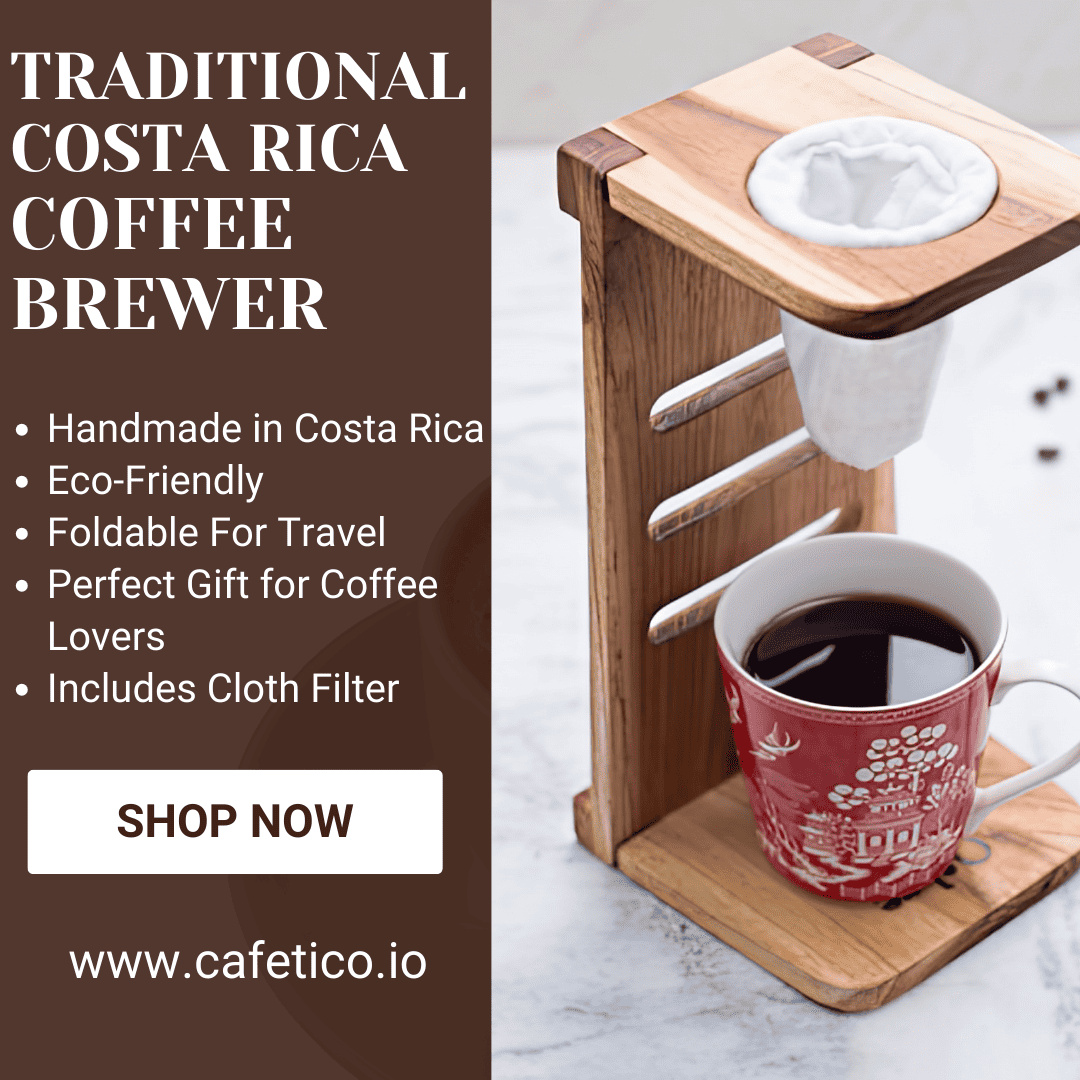The Culebra Reef Garden project, led by Peninsula Papagayo, is celebrating its fifth anniversary of coral restoration efforts in Guanacaste, Costa Rica. Since its launch in 2019, the initiative has preserved over 10,000 coral fragments with the help of 125 dedicated volunteers, working tirelessly to combat the global crisis of coral reef decline.
The project was born out of urgent need. Culebra Bay, a key area for coral conservation in Costa Rica’s northern Pacific region, saw its reef coverage plummet from 70% in the 1990s to a staggering 4% by 2019. Global predictions of coral extinction between 2040 and 2050 added urgency to the effort, sparking the creation of this initiative to reverse the trend and ensure a sustainable future.
“Coral restoration in Culebra Bay reflects our commitment to the environment and sustainability. We thank our volunteers, whose efforts are critical to the health of our marine ecosystems and the well-being of the communities that depend on them,” said Susana Vicente, Peninsula Papagayo’s Director of Sustainability.
The initiative began with planning workshops and training in coral restoration techniques, followed by the installation of nurseries at Playa Jícaro. It has since expanded to Playa Viradores, Playa Blanca, and the Pelonas Islands, creating a network of coral nurseries aimed at promoting ecological restoration.
Over the past five years, the project has established more than 110 coral nurseries in Guanacaste, restoring over 10,000 coral fragments. These efforts have increased coral cover by 15–20% and boosted fish biomass and diversity by 50%, revitalizing Costa Rica’s marine ecosystems.
The initiative focuses on four key coral species in Costa Rica’s northern Pacific region: Porites lobata, Pavona clavus, Pavona gigantea, and Pocillopora elegans. Among these, Pocillopora elegans has shown the best growth and survival rates, underscoring its importance in local restoration efforts.
“Coral reefs are vital to the balance of the oceans, acting as carbon sinks and protecting our coasts from erosion. This project is key to strengthening these ecosystems to ensure long-term benefits,” explained Juan José Alvarado, a researcher at CIMAR.
Using innovative coral nursery techniques, the project has optimized coral growth by eliminating stressors and creating favorable conditions. These efforts have tripled the annual growth rate, facilitated successful coral transplantation, and achieved an impressive survival rate of 83%. The initiative is making significant strides in restoring Costa Rica’s coral reefs and safeguarding marine ecosystems for future generations.






